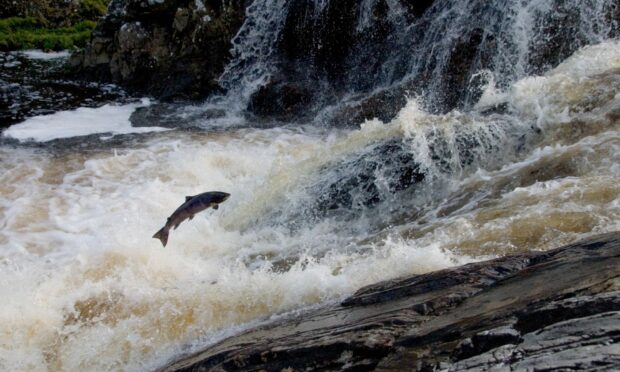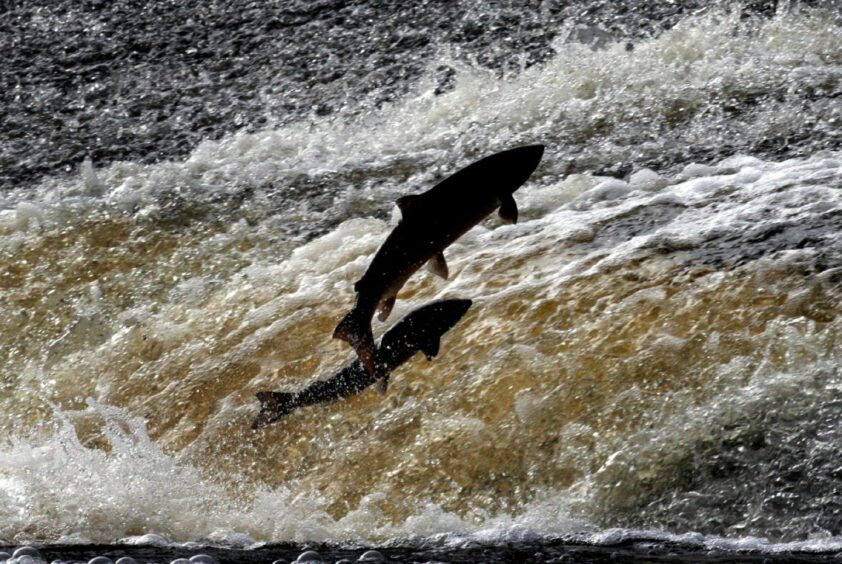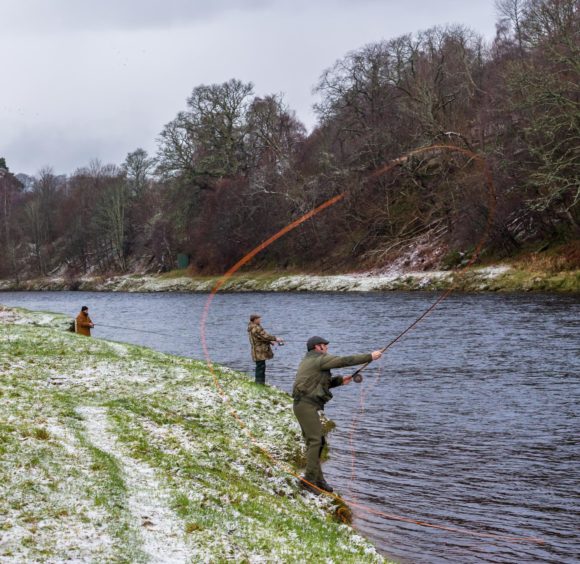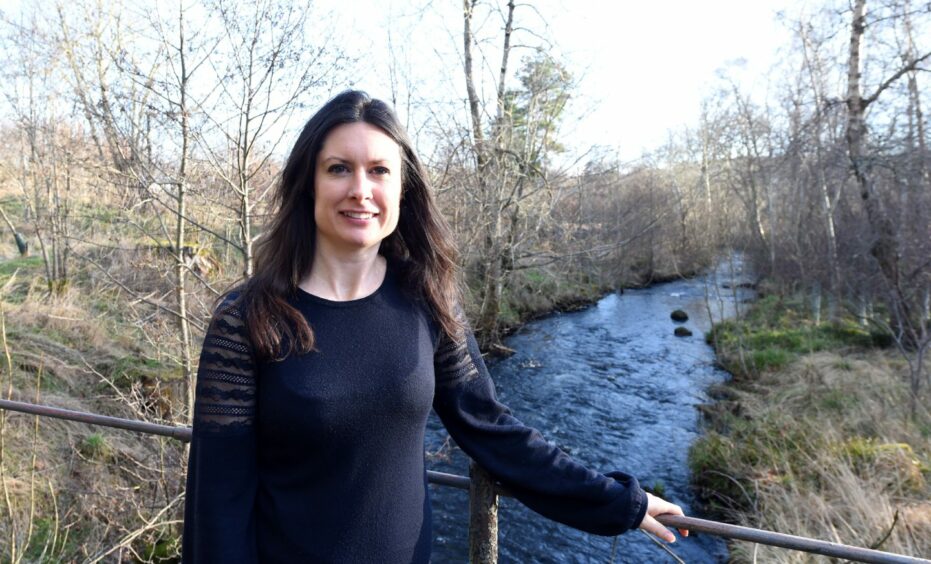An ambitious fish tagging project is setting out to discover the secret lives of wild Atlantic salmon to try and find out why the species is in decline.
Atlantic salmon start their lives inland in rivers like the Dee and the Spey before migrating to the high seas to grow.
But relatively little is known about the migration routes of Scottish salmon as they leave our rivers and head to the North Atlantic.
A study has now netted £400,000 from the Scottish Government to tag the fish in an effort to find out if there is something new on this journey which is causing populations to crash.
How will this project track Atlantic salmon migration?
The decreasing number of Atlantic salmon returning to Scottish rivers to spawn has been worrying scientists, biologists and fisheries for the last few decades.
It’s believed a number of factors are to blame, particularly rising water temperatures.
This tagging project aims to find out exactly where the fish go when they head out to sea in the hope that it could explain why they aren’t returning in the numbers they used to.
The multi-year initiative will see biologists tagging young salmon with miniature acoustic transmitters, each with its own unique signature, as their migration begins.
Strategically placed receivers record the signal from each tag. This allows the progress of individual fish to be tracked if they pass a checkpoint.
The information will fill key gaps in knowledge of salmon smolts as they migrate.
It also will be combined with data such as sea lice distribution and ocean currents to build a picture of what hurdles wild salmon face.
As well as trying to improve the resilience of the species, the information will help to inform aquaculture regulations as well as decisions on offshore renewable installations.
A ‘mammoth logistical challenge’
The project began in its infancy last year and has now received £400,000 from the Scottish Government to continue with greater intensity.
It is run by the Atlantic Salmon Trust, Fisheries Management Scotland and Marine Scotland.
Further funding comes from industry representative body Salmon Scotland and private donations.
Mark Bilsby, CEO of the Atlantic Salmon Trust, said: “The work delivered to understand how salmon smolts were migrating out from ten rivers in 2021 was a mammoth geographical and logistical challenge, met by the groundswell of support from people and organisations on the ground – from those in the Solway Firth, to West Sutherland and across to the Outer Hebrides.
“The funding from the Scottish Government will enable the work to be developed in 2022 so that we have a greater understanding of how young salmon are using our coastal areas.
“This practical information is key so that we can better protect wild Atlantic salmon.”
What is actually happening to the salmon?
For many who work on and around Scotland’s main salmon fishing rivers, the situation is getting desperate.
Back in the 1960s, anglers on the River Dee would be landing more than 10,000 fish a year.
Now they are lucky to hit 3,000, says Lorraine Hawkins, director of the Dee District Salmon Fishery Board.
The trouble is, the salmon are being affected “at both ends” as Lorraine puts it.
They are struggling with the warm, shallow waters of the river as well as disease and changing temperatures of the sea.
“We know for an absolute fact that numbers of returning salmon are declining,” she said, referencing the lower numbers of fish which return to the Dee to spawn.
“In the 1970s we used to get about a 40% return rate, now we are lucky to get 2%.”



